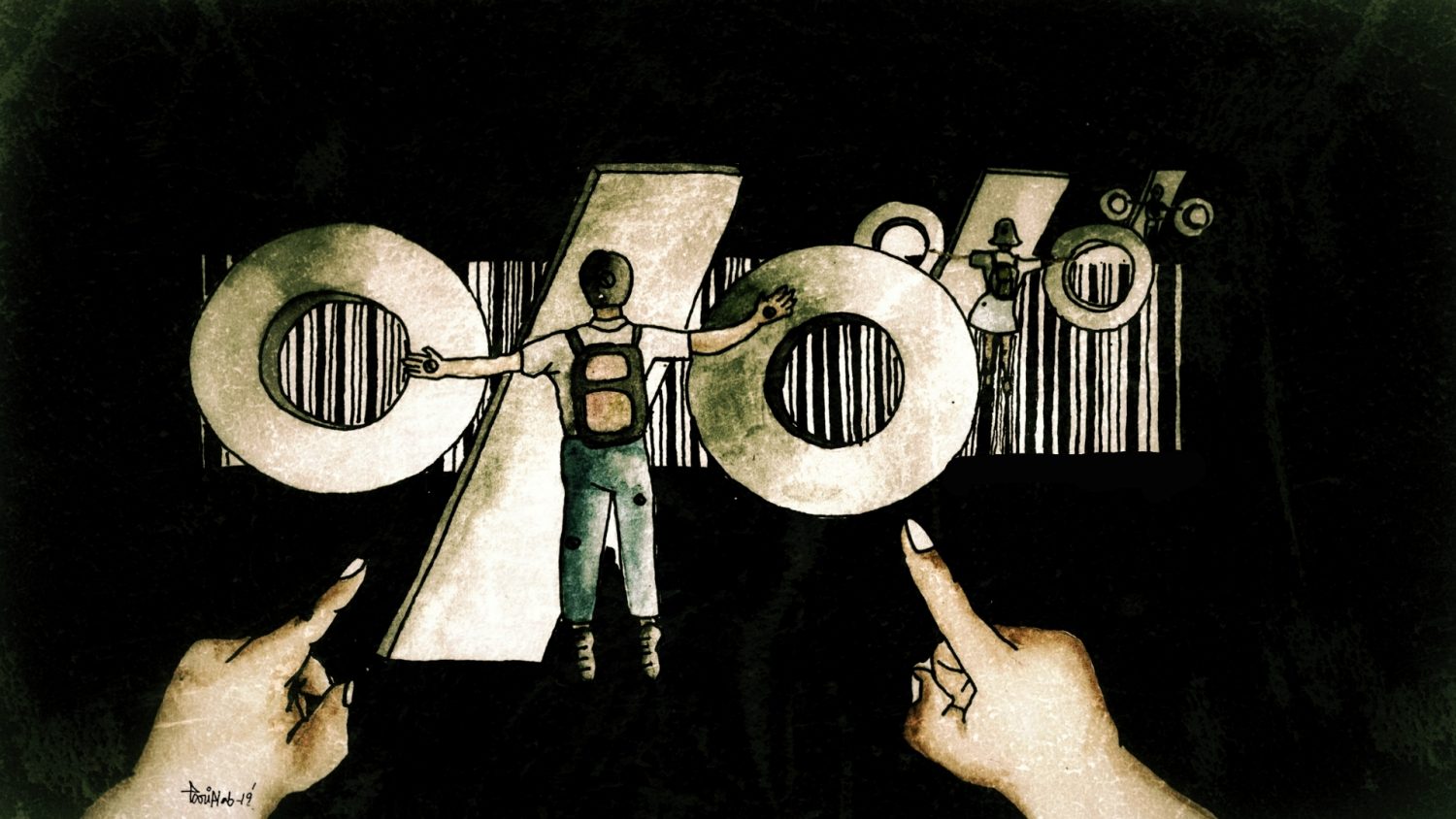The much debated and controversial draft National Education Policy, 2020, has been approved by the cabinet without even being placed in the parliament for debates and deliberations.
The NEP, which has been on the government’s agenda for a long time now and which we’ve seen multiple versions of, has ended up as a vague document that talks romantically about ideals it claims to be chasing while mentioning very little about the logistics these changes would warrant and how the government aims to implement them.
However, looking into the details and reading between the lines does ring multiple alarms on the actual intent of the government.
The draft NEP talks about the universalisation of education up to the secondary level very clearly, indicating that universalisation of higher education is not on the government’s agenda. However, the real problem begins when we couple this with the immense emphasis placed on vocational education right from Class 6 to higher education, the complete overhaul of higher education – especially the gradation of undergraduate courses allowing for multiple windows of dropping out – a complete removal of M.Phil and a switch to a one year-masters integrated into the undergraduate courses.
The focus seems to be on facilitating a shift from a research-based holistic education to one centred around training that ensures a steady manpower supply to the Indian market.
Another aspect of the NEP that looks more of a way backwards than forward is the plan to teach in regional languages till Class 5. The focus on ‘restoration’ of classical languages like Pali, Prakrit and especially Sanskrit cannot seem to serve any other purpose but of inciting higher degrees of cultural chauvinism in young minds given that a knowledge of these languages opens only a very small window to knowledge from the past that may have lost much of its relevance.
While making the study of regional languages compulsory up to a certain age is desirable, making it a medium of instruction would make the imparting of knowledge a difficult practice – especially in cosmopolitan areas.
Also read: A Peek Into the Orwellian World of Educational Institutions During COVID-19
The NEP talks about bringing the private and public institutions under one umbrella governed by the same set of norms for regulation, accreditation and academic standards. There’s also the aim of the removal of affiliation and institutions to be given “graded autonomy”.
Knowing that mechanisms of social justice like reservation do not apply similarly in private and public institutions, and the methods of funding and decision-making being widely varying, one cannot help but question the interests of the government in times when there’s a rush towards privatisation. Last year saw multiple student movements against the government’s attempts at privatisation and extracting economic aid from public universities through the veils of granting autonomy.
A complete restructuring of the University Grants Commission, methods of funding and governance of educational institutions etc by creating a Higher Education Commission of India (HECI), might be a step towards a transition to a system completely alien to us where the rights we’ve held hitherto do not apply.
At a time when student fellowships have not been awarded for months even as students continue to be stranded across the country, the government’s claims of increasing investment in public education up to 6% of GDP comes into question. The apparent shift from 10+2 system to a 5+3+3+4 – one that includes three-years pre-schooling at aanganwadis – is again more tokenism than a real shift.
Education and the larger educational practice of a nation plays a great role in determining the social structure as well as social relations of the times. A shift towards a training mode of education facilitated by vocational courses, a curb on access to higher education by removing research degrees as well as providing windows of deflection in undergraduate courses and privatisation of higher education could mean catastrophe for the masses of historically oppressed communities.
It could mean a continuation of social subordination by limiting the access to education by lower classes to ‘trainings’ necessary for survival rather than a real opportunity to delve into the kind of knowledge and hence assertion that higher education provides, something that has been the very core characteristic of Indian Brahmanical practice.
In times when reservation is increasingly under attack with data showing years of intended dismantling of the reservation system in institutions, the draft NEP shows great merit and potential for an extension of attack in the battle against structural inequalities.
Ananya Kashyap is a student of modern history at JNU.
Featured image credit: Pariplab Chakraborty

